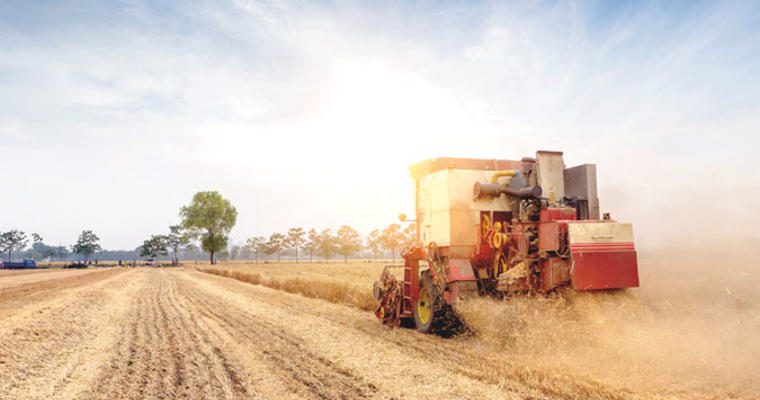Every year, millions of people are affected by foodborne pathogens such as E. coli, salmonella, and listeria. While the greatest concern is the afflicted customers’ health, large foodborne-illness outbreaks make news that can damage or even destroy a foodservice business. In some cases, owners and operators may also face criminal liability. Understanding food-safety liabilities and legal issues, as well as preventing foodborne-illness outbreaks, protects consumers, preserves foodservice operators’ reputations, and safeguards the bottom line.
In the U.S., a business is usually strictly liable if it sells a contaminated food product. In other words, an affected customer does not need to prove and identify the particular failure of the business, but only to prove the food was contaminated and caused illness. Given the breadth of food-safety regulations, nearly any company in a food supply chain can be held liable.
The Food Safety Modernization Act
In April 2016, the Food and Drug Administration (FDA) published the Food Safety Modernization Act (FSMA) rule on Sanitary Transportation of Human and Animal Food. This rule took effect in June 2016. Its purpose is to advance FDA efforts to protect foods from farm to table by keeping them safe from contamination during transportation and to create a modern, risk-based framework for food safety. The goal is to prevent practices during transportation that create food-safety risks, such as failure to refrigerate and otherwise protect food properly, or to clean vehicles adequately between loads.
There has long been a recognized need for regulations to ensure that foods are being transported safely. This is because of illness outbreaks resulting from food contaminated during transportation, as well as incidents and reports of unsanitary transportation practices. Specifically, the FSMA rule establishes requirements for vehicles and transportation equipment, transportation operations, records, training, and waivers.
The rule addresses the sanitary transportation of human and animal food by establishing criteria and definitions to determine whether food is adulterated because it has been transported or offered for transport under conditions that do not comply with sanitary regulations. This rule was developed to ensure that food is transported under conditions and controls necessary to prevent adulteration linked to food safety.
Recognizing that many businesses, particularly small ones, may need more time to comply with these requirements, compliance dates range from one to two years. Certain companies including, but not limited to, the following are exempt from the rule: shippers that have less than $500,000 in average annual revenue; transportation activities performed by a farm; and transportation of food that is completely enclosed by a container, except a food that requires temperature control for safety.
Other food-safety laws and regulations
It’s not difficult to pin liability on food producers, retailers, or foodservice operators. A claim can be based on the implied warranty that the food was unfit for consumption and the business failed to take reasonable care to ensure it was safe. There is also a variety of federal regulations relating to facility registration, recordkeeping, labeling, and reporting regarding events involving illness resulting from foodborne contamination.
In addition to FDA requirements, your operation is likely subject to other federal, state, and local requirements. Familiarize yourself with local ordinances pertaining to food preparation, storage, and transportation.
These may vary depending on your type of business. It’s also worth noting that the Federal Trade Commission regulates advertising that may be applicable to your operation.
4 ways to mitigate risk and liability related to food safety
Operators can take several precautions to reduce the likelihood of foodborne illnesses and to make dealing with a problem easier.
- Require thorough written contracts that your suppliers comply with safety standards and that everyone in the supply chain has appropriate liability-insurance coverage.
- Keep detailed records regarding all food-product purchases so as to determine where the products came from. Being able to trace the origin of a contaminated product makes mitigating a problem and seeking appropriate redress much simpler.
- Institute and enforce the highest-level sanitation and hygiene standards for the business and all employees. Put your standards in writing and document food-safety training efforts. This reduces the likelihood of contamination and resulting customer illness, produces a more appealing dining environment, and demonstrates your commitment to food safety.
- Get to know your local rules and regulations and become familiar with the relevant government departments and officials that have jurisdiction in your area. In the event of a foodborne illness outbreak at your establishment, you’ll be better able to navigate an investigation and understand what’s necessary to mitigate the circumstances.
With the proper preventive practices in place, facing a food-safety issue does not have to be a daunting task and can be handled in an efficient manner.
This article is for informational purposes only. It is not legal advice and is no substitute for an actual attorney consultation. Always consult your attorney regarding your specific circumstances.











